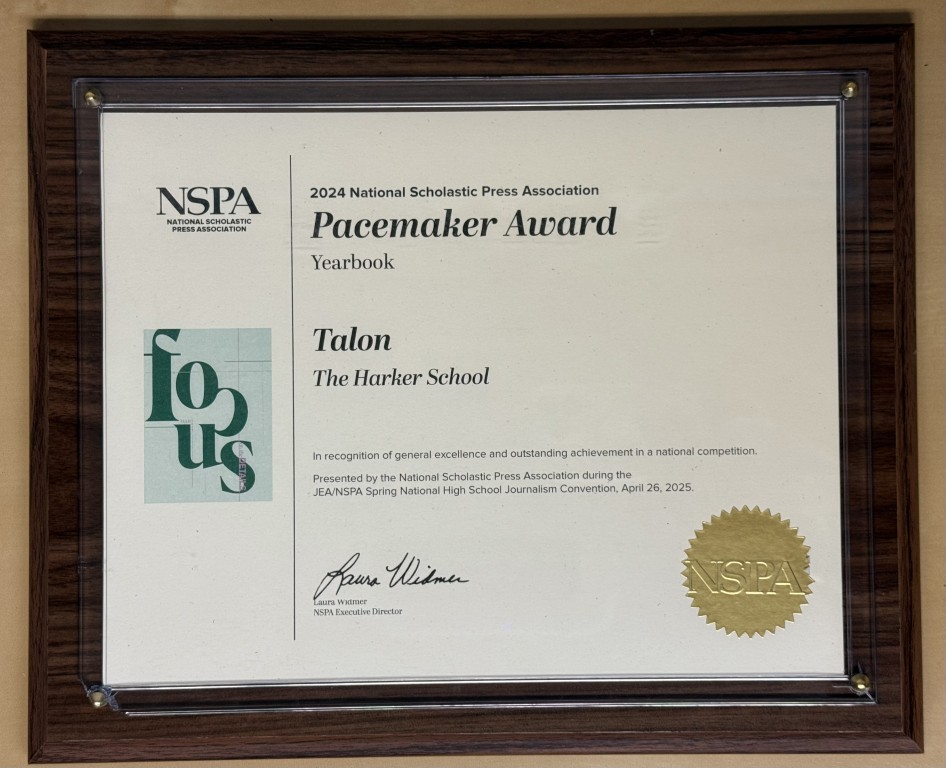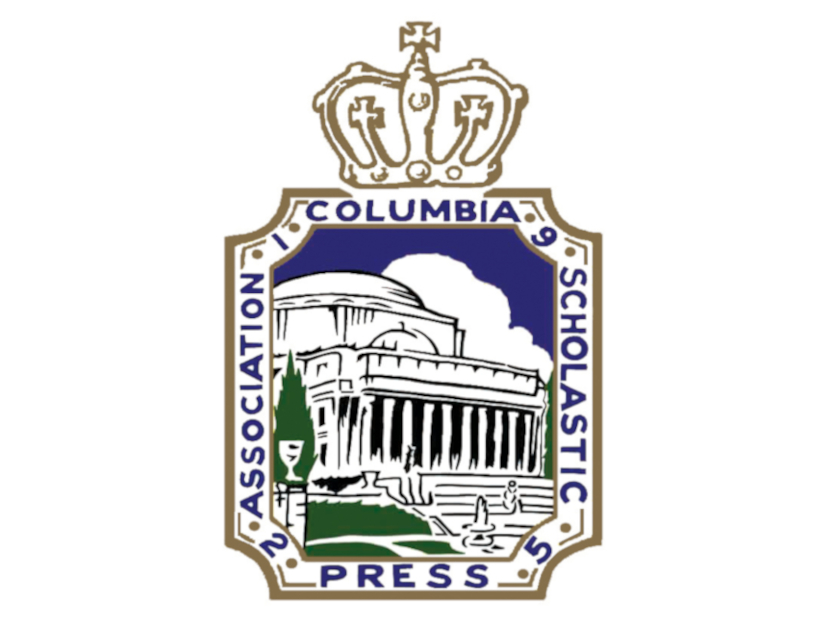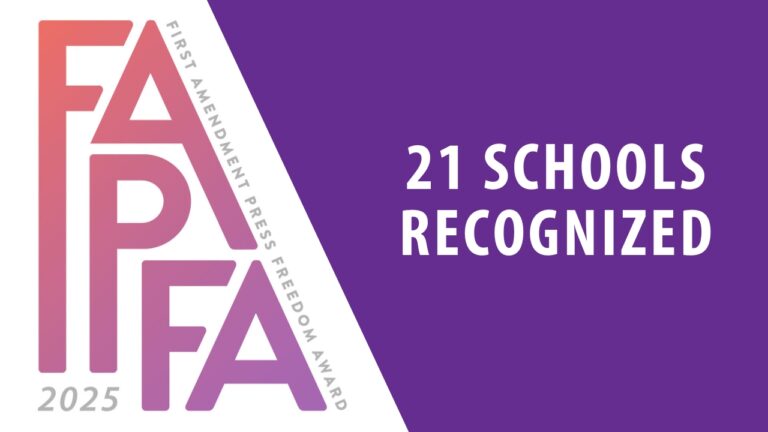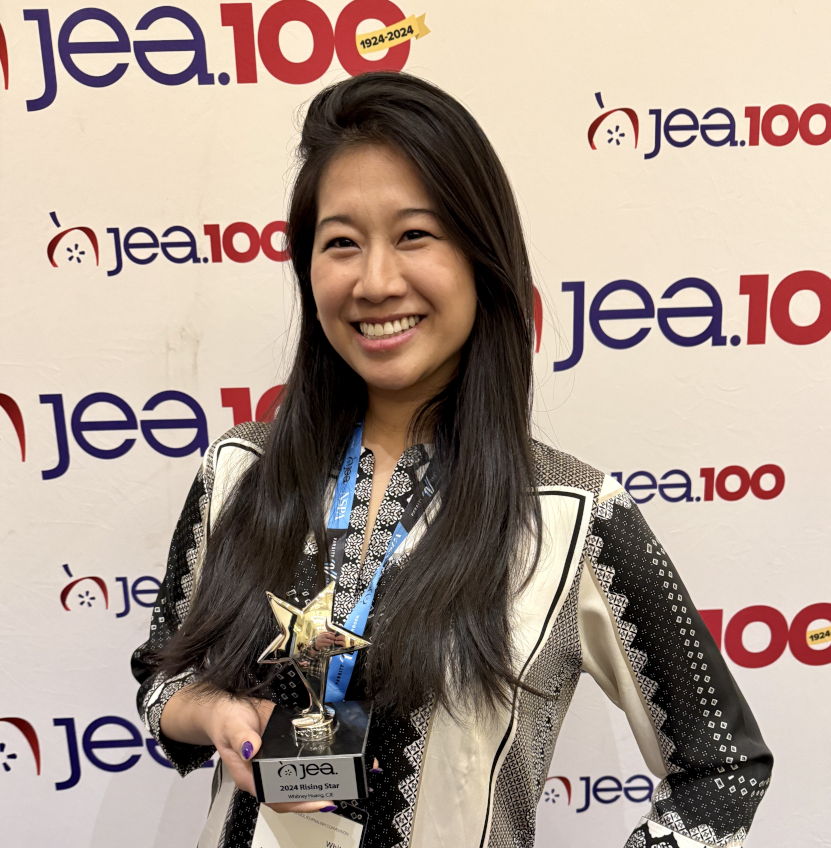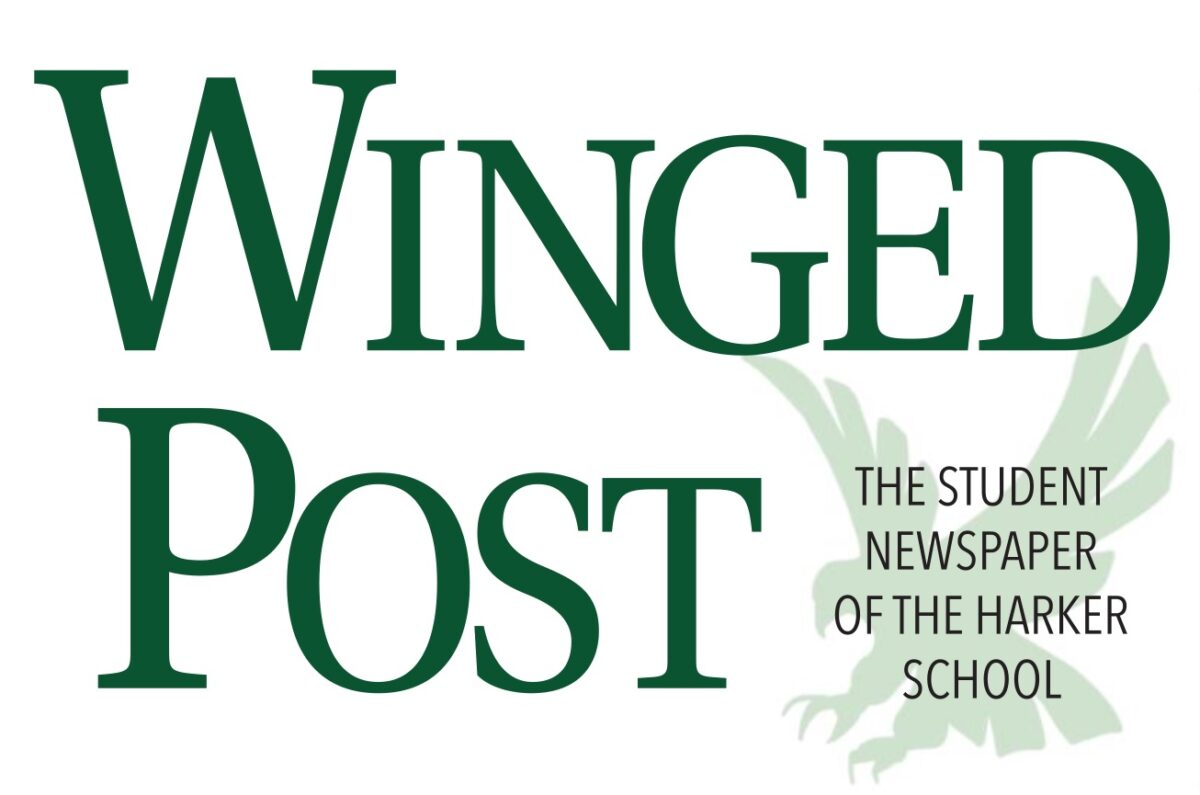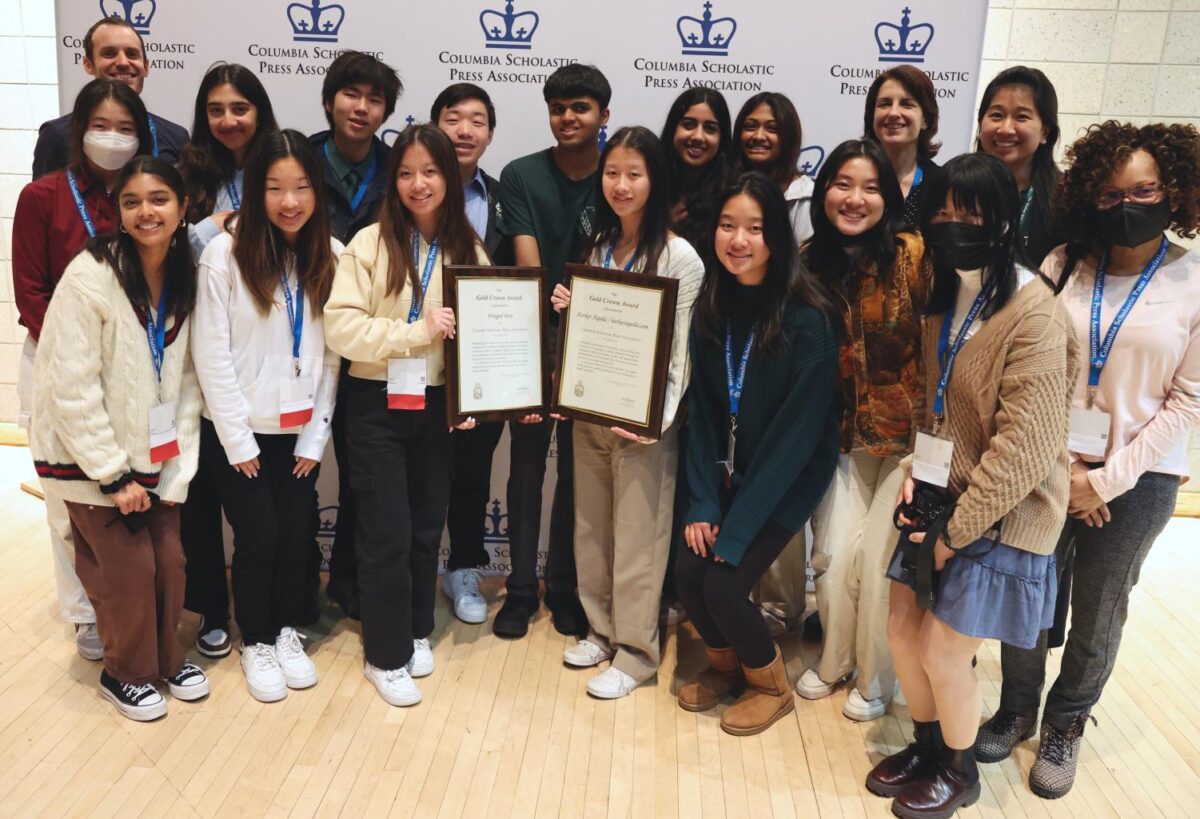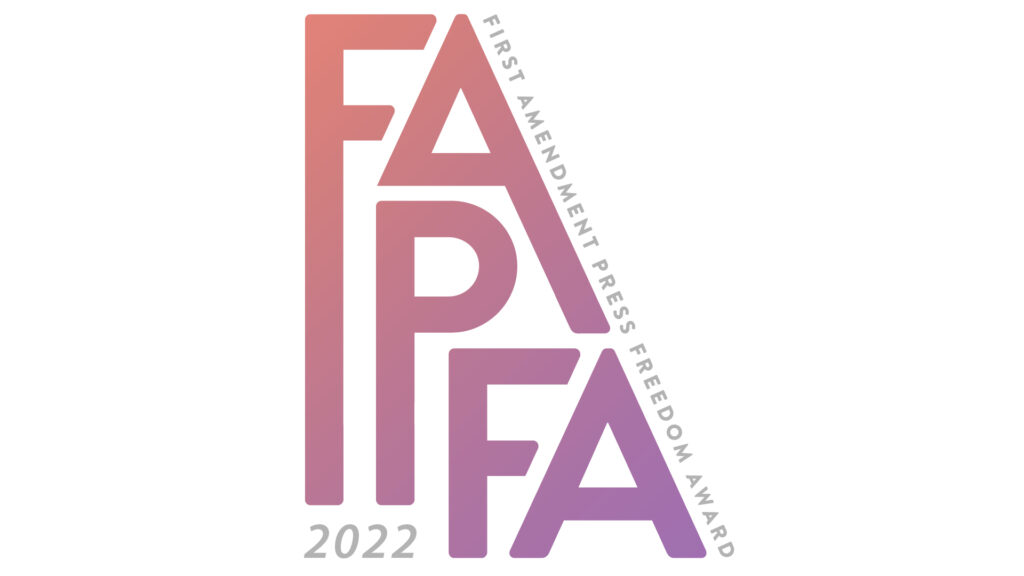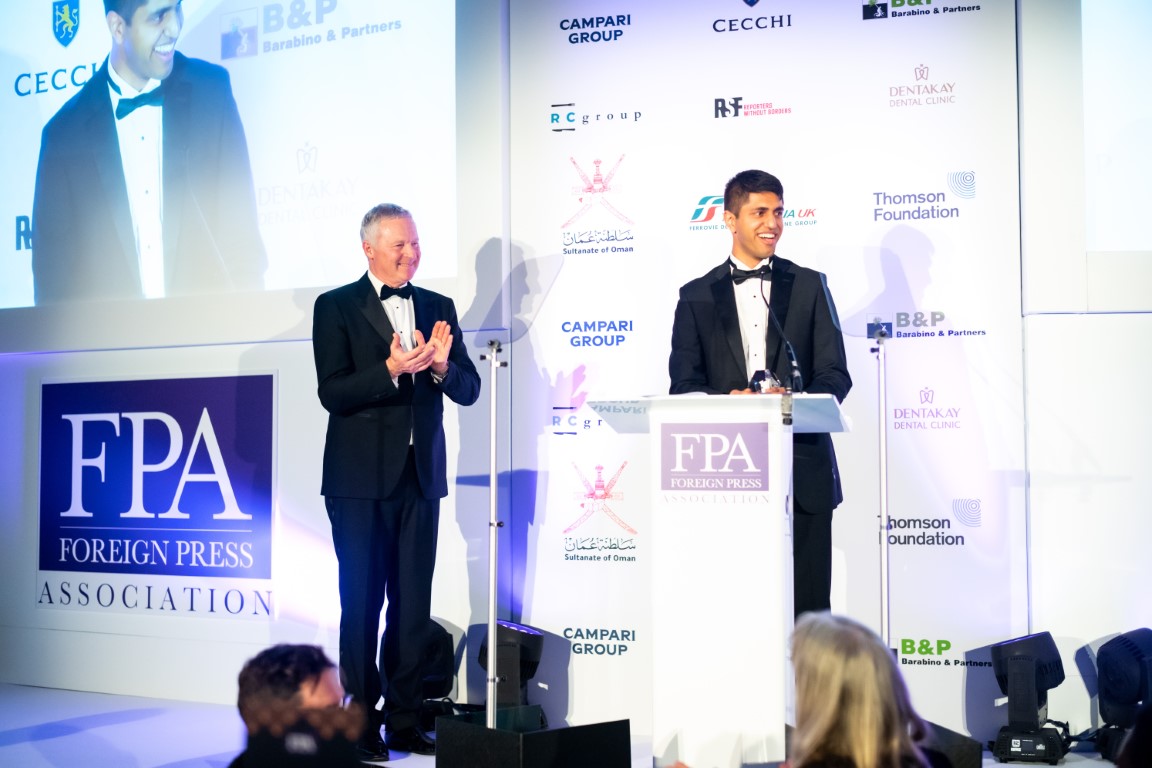Harker’s journalism program saw many successes during the spring semester, most recently with the TALON yearbook and Winged Post newspaper winning first place in the Journalism Education Association Northern California’s Best of the West awards.
Journalism
[Updated] Upper school journalism wins four CSPA Crowns
All four of Harker’s upper school journalism publications have been named Crown Finalists by the Columbia Scholastic Press Association.
Journalism wins First Amendment Press Freedom Award for fourth consecutive year
Harker was among 16 high schools named 2025 winners of the First Amendment Press Freedom Award by the Journalism Education Association (JEA), making this Harker’s fourth consecutive year receiving the award.
[UPDATED] Journalism director named Rising Star by Journalism Education Association
Whitney Huang ’08 was named a Rising Star by the Journalism Education Association, along with eight other teacher from around the country.
Upper school journalism publications up for two top CSPA awards
The upper school journalism department is up for two top awards from the Columbia Scholastic Press Association.
Five students recognized in spring National Student Media Contest
Five Harker students were awarded in the Journalism Education’s spring 2023 National Student Media Contest.
Harker journalism wins two Gold Crowns at CSPA Spring Convention
Harker journalism students attended the Columbia Scholastic Press Association’s Spring Convention at Columbia University and were presented with CSPA Gold Crown awards for Harker Aquila and the Winged Post newspaper.
Journalism wins second First Amendment Press Freedom Award
The Journalism Education Association named Harker journalism one of 16 high school journalism programs to win the 2023 First Amendment Press Freedom Award.
Student recognized for feature on pro basketball alum
Sophomore Emma Milner’s story on Robert Rothbart MS 2000 received a Best of SNO award from Student News Online.
Bajaj ’20 wins Foreign Press Association Science Story of the Year
Bajaj’s award for his story in the Guardian made him the youngest awardee in FPA history.
